Wählen Sie diesen Lizenztyp, wenn Sie eine app für iOS, Android oder Windows Phone entwickeln und Sie die Datei Font in den Code Ihrer mobilen Anwendung einbetten.
1741 Financiere
von GLC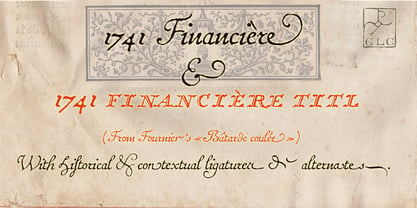
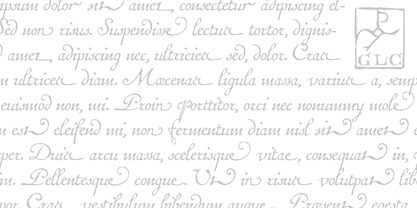
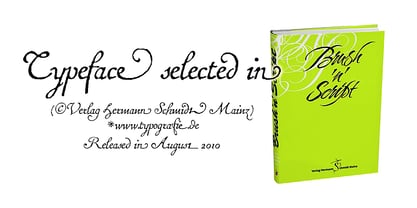
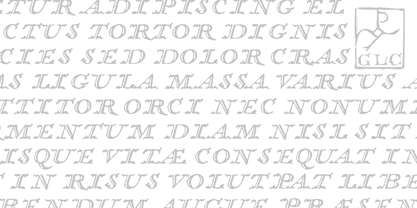
- Aa Glyphen
-
Bestes AngebotFamilienpakete
- Einzelschnitte
- Technische Daten
- Lizenzierung
Per Font:
$22.50
Paket mit 2 Fonts:
$45.00
Über die Schriftfamilie 1741 Financiere
Diese Familie wurde von der Fournier's Font namens "Financière" inspiriert. Es handelt sich um eine handschriftlich aussehende Font, die 1741 von Pierre Simon Fournier (le jeune) angefertigt und in seinem Manuel Typographique... in Paris (1764-1766) veröffentlicht wurde. Wir bieten die 1741 Financière" als reiche Ergänzung zu unserer 1786 GLC Fournier an. Die Font wird durch zahlreiche Ligaturen und OTF-Spezifikationen bereichert, um sie attraktiv zu machen und viele verschiedene typografische Möglichkeiten in einem Text zu bieten.
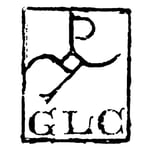
Über GLC
Gilles Le Corre wurde 1950 in Nantes, Frankreich, geboren. Er malt seit Ende der 70er Jahre und ist außerdem Graveur und Kalligraph. Seit er denken kann, beschäftigt er sich mit Über mittelalterlicher Kunst und alten Büchern. In letzter Zeit hat er den Computer zu einem Schreibwerkzeug gemacht, das dem Federkiel und der Tinte ähnelt. Damit will er es möglich machen, Bücher zu drucken, die genauso aussehen wie die alten Bücher! Seit 2007 versucht er, eine breite Palette historischer europäischer Schriften sehr genau zu reproduzieren, vor allem aus dem Mittelalter und der Frühzeit des Buchdrucks - seiner Lieblingszeit - von 1456 mit Gutenberg bis 1913 mit einer Font , die von einer echten alten Schreibmaschine inspiriert ist.
Mehr lesen
Weniger lesen